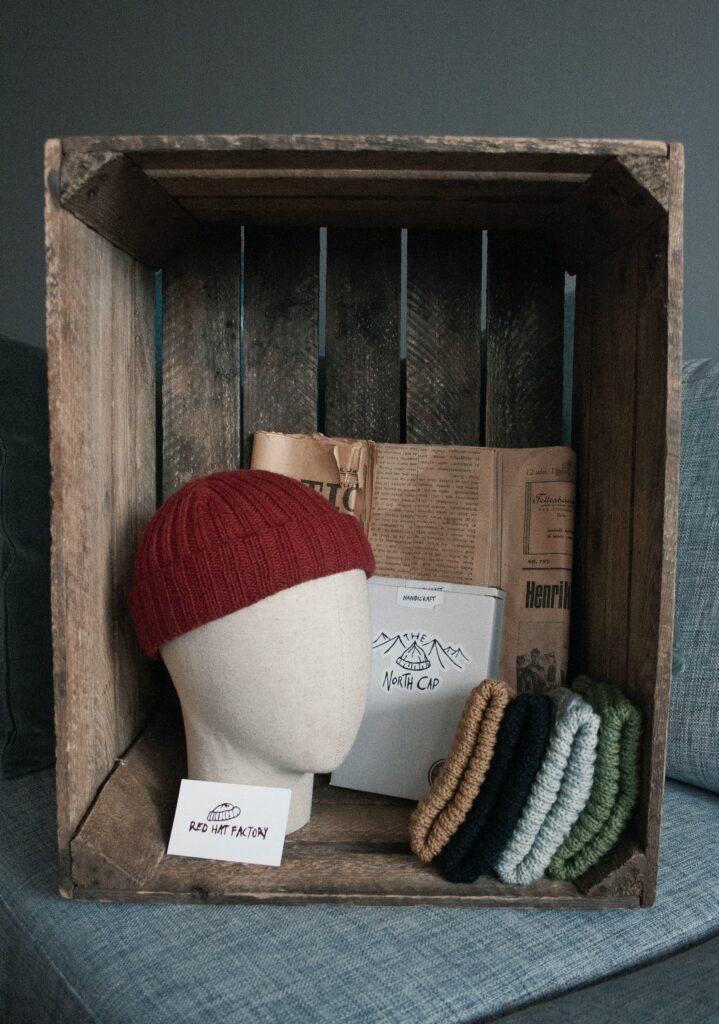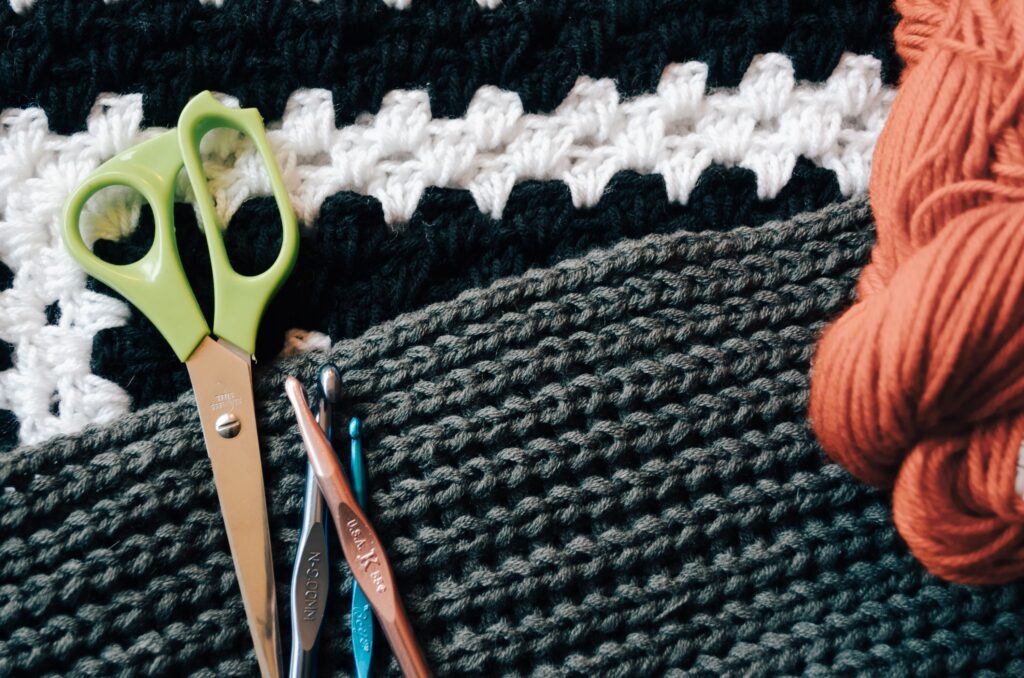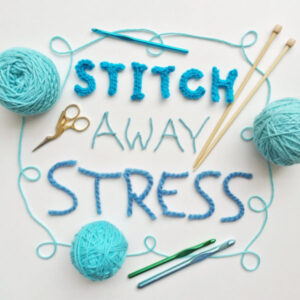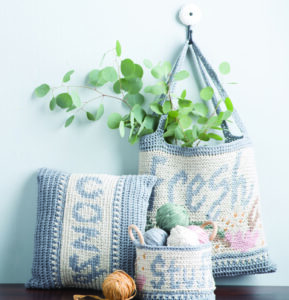Being able to make a little (or a lot) from your favorite hobby of crochet is a dream many of you have. I feel so fortunate that I am able to design crochet patterns and love the feedback I get from all of you. Many of you talk about doing a trade show, so when Abby from Craftability asked to share an article with you all, I was excited to share her thoughts on getting ready for trade shows, I hope you enjoy her article below.
How to Get Started selling at a trade show
Turning a love for craft making into income is a dream come true for any crocheter, knitter, painter, photographer, or other inventive creator. Contrary to what people say, it is possible to make good money by selling art, especially at trade shows. A recent industry analysis proves that the craft world is pulling in billions of dollars. All it takes to profit is a great product, an understanding of the vendor world, and the right amount of elbow grease.
Find Your Event
Begin by deciding where you will be selling, then, knowing whether the venue is indoors or outdoors, and think about the setting’s implications for your booth. Consider the size of the show. Larger ones mean more people, but a high number of craftspeople might cause your display to be overlooked. On the other hand, smaller events might not attract enough buyers.

Network with other crafters to learn the inside scoop on which shows do the most business. Submit your application on time and fill it out correctly remember, missing the due date or failing to follow instructions might cause you to be denied entry.
Create Your Trade Show Display
Maximize your booth’s visual appeal by incorporating props and backdrops into your staging. Arrange products with the buyer in mind. Scan the booths of other crafters and incorporate what works.

Place piles of creatively designed business cards in multiple places around your booth and double-check that they have the correct information. Undecided shoppers might get in touch with you later once they’ve decided to make a purchase.
Set Your Prices
Charging the right amount is vital. Take the base cost of your products and then add the cost of overhead to figure out pricing minimums.
Perform market research. Match price points with those offered by sellers who hawk similar items. Over time, you’ll learn what dollar amounts are best for getting items to move.

Connect With Your Customers at the trade show
Welcome browsers into your booth and inform them that you’re happy to answer questions. Don’t be offended if shoppers say nothing and walk away, because customers who’ll adore your work might be nearby.
Build rapport with interested purchasers. The better you are at creating personal bonds, the more likely it is that customers will return and send referrals your way.

Handle Your Payments
Many craft aficionados prefer to make purchases with cash. Go to the bank and get ample change before the show.
That being said, more and more commerce is being done electronically. Vendor apps allow independent crafters to accept credit card payments with their phones. Bring a portable charger so that you never miss a sale because of a drained battery.
Manage Your Inventory
Having enough of your products to satisfy demand is critical. You can’t move what you don’t have, so get crafting!

Keep track of what you’re selling. Fail to do this and you’re setting yourself up for an accounting nightmare. Bring a laptop with an electronic spreadsheet that can be updated with every sale, and don’t forget to turn on autosave.
You’re likely to run into bumps during your first time selling. Don’t let these incidents discourage you. The more experience you earn, the fewer problems you’ll encounter and the more money you’ll make.








